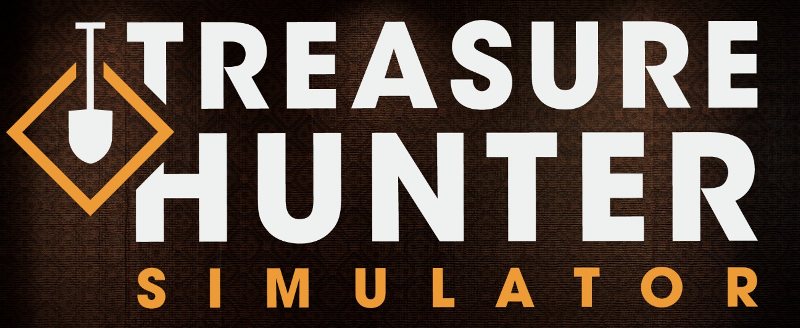
If your idea of a Treasure Hunter is Indiana Jones or Lara Croft, then you might want to turn your expectations down a lot.
Treasure Hunter Simulator (THS from here on in) puts you in the shoes of a ‘real’ Treasure Hunter whose tools are a metal detector, a shovel and a good pair of shoes. You travel to some quite beautiful locations and ignore the scenery as you stare down at the ground, seeking treasure.
Of course, some parts have been ‘idealised’ to make the game more fun than if you had to get down on hands and knees to do more delicate work extracting your potential treasure.
Treasure, in this case, doesn’t always mean gold and jewels. It might be an old helmet, or a scythe blade. There’s no glory here, but you can get out into some pretty scenery and perhaps earn a bit of money, and a reputation.
In fact, your reputation is important in this game. You play as the nephew of Sir Richard Clapperton, a rather accomplished treasure hunter who has died and left you something in his will – as long as you fulfill a few requirements. To put it simply, they want you to prove you’re as good a treasure hunter as your uncle. But no pressure.
The basic mechanic of the game is to travel to a location and wander around using your metal detector to find, well, metal. You dig it up, and see if you got lucky (treasure) or not (junk). Frankly, if that was the game, it would wear out its welcome fairly quickly.
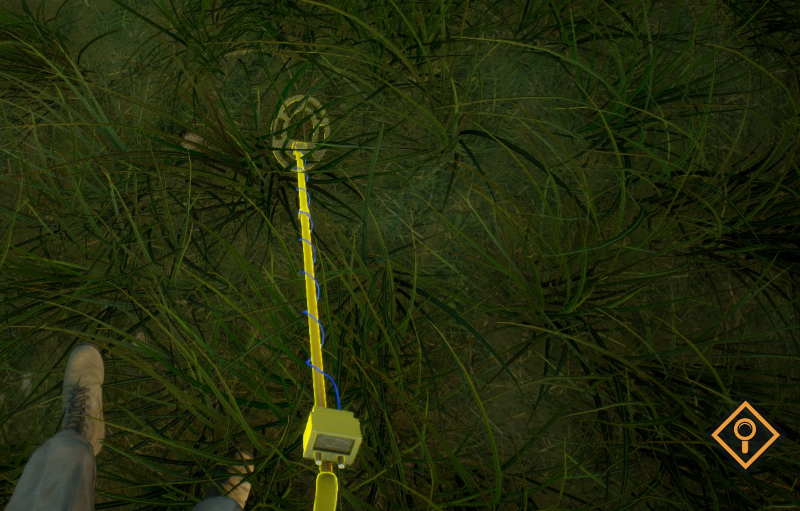
In order to really progress you need two things. Money: to upgrade your rather poor starting metal detector and to travel to the more expensive locales. And Prestige: which means you’re more likely to be asked to travel to new locales. The only way to do this is to take on ‘missions’. These appear in your in game inbox and come in two flavours: Main story missions, and side missions.
The main story missions are the ones that (surprise!) push the story forwards. The side missions can give you more money and bump your prestige a bit. So they’re still worth doing.
With your missions accepted you can fly to the locale of your choice. In the beginning you can only access two locations: Gettysburg, Pennsylvania in the USA, and Alatsee, Bavaria in Germany. Both are free to travel to, so you can visit as often as you like.
The missions aren’t always “dig for treasure”, though that is the most common one. Some require you to take specific photos, some require you to find the fastest route from one part of the location to another and some require you to tidy the place up a bit, by digging up junk. The life of a treasure hunter is definitely not always glory.
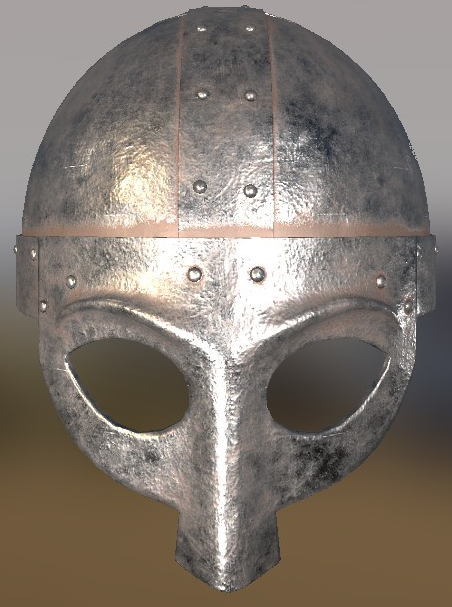
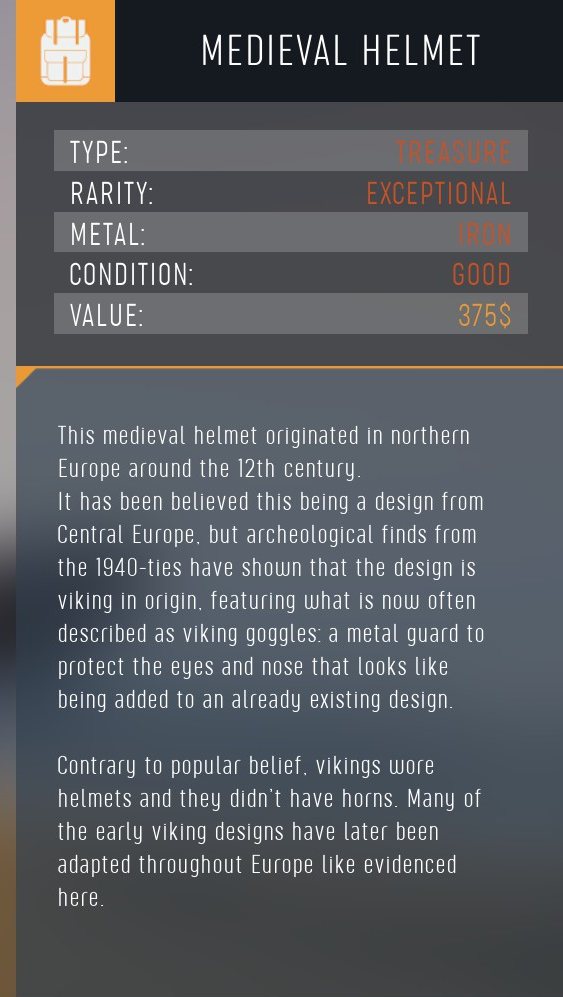
I mentioned your starting metal detector. It’s really only good for finding small things at a shallow depth. You can spend more money over time to get ones that will do medium or large objects, or detect things at a middle or deep depth. If you earn enough you can get the top of the line digital metal detector that will let you search for all sizes, all depths and even has a nice indicator to tell you what metal type it’s found, how big the object is, and how deeply it’s buried. But that one costs $10,000, so you won’t be buying that any time soon.
I lied a little, earlier. The way to find treasure is not simply to keep your head down and watch the detector. In fact, you can wander around, take in the lovely views, and wait until your ‘treasure detector’ goes off. Then you pull out your metal detector.
The metal detector mechanic is quite well done. You have an icon that shows how strong the signal is, as well as beeps that get faster as you get closer to your (hopefully) treasure. As you walk, you can swing the detector back and forth as you might in real life, to try to zero in on the proper location.
Once you find it, you pull out your trusty shovel and dig. Dig enough and your treasure (or junk) becomes visible.
Assuming you found something worthwhile (and not a ring-pull from a can), you use some compressed air to clean off the object, and then you can rotate it to investigate it and determine what it is, how good a shape it’s in, and how much it might be worth.
After you’ve dug up and inspected the same type of item a few times, your determination of worth/etc is almost instant after you’ve cleaned it – so you don’t have to go through that for every item you find.
To help you in your task you have a PDA with you. It has three basic functions. The first is to remind you what you’re supposed to be doing here (your missions). The second is to show you a map which displays where you’ve walked, and where you’ve found something. The last is the camera, which you can use to just take pretty pictures, or must be used to succeed in certain missions.
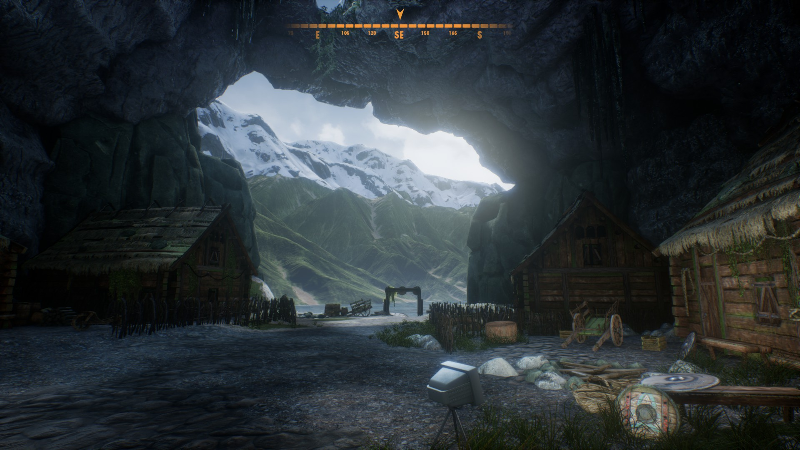
I’m sure I’ve mentioned the scenery, but I should give it a special note. It’s very pretty and fun to explore. The fact that there are quite a lot of different locations, with many different ‘feels’ is wonderful. Ruined castles and forts, forests, mountains, an island, desert , and even a village hidden in a cave system!
As you can tell, I’m quite a fan of this game but I have to say, there are a few things that stop it being a wonderful game, and relegate it to ‘I like it’.
Before I get to those, I’ll mention that for some unknown reason1 I thought this game was still early in its release cycle. It’s not. They’ve already had one huge update and (as best I can tell) aren’t doing anything with it anymore. Which is a pity.
The main one, to me, is that in some maps (the old Fort on the lost island being the first one that comes to mind) it’s far too easy for the detector to become stuck in some way. Whether it’s against (or through!) a tree, or in the landscape, you have to do a lot of fiddling to free it. That gets very irritating after a while.
The other main thing is a lack of any indication of how your general progress at the location is going. There are a certain number of items in each location, and you can only find out that you found them all by going back to your office and looking at the map there.
There are a few other minor niggles and things that I might change, but they’re just nitpicking (and perhaps a bit of polish, if I’m egotistical about it).
The only other change I really wish they’d make is to the ending. You reach the end without much indication that you’ve done so. There’s no huge ‘congratulations’ or anything. You just run out of missions.
Still, having said all that, I quite enjoy going back and taking in the views.

